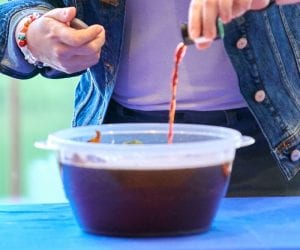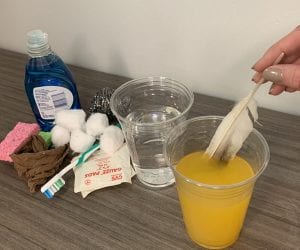The coast of Florida has recently been plagued by miles of green muck affecting tourism, fishing, and everyone’s overall sense of smell. The green substance, a collection of cyanobacteria, is known as an algal bloom.
The New York Times article, Miles of Algae and a Multitude of Hazards, chronicles the background of the Florida algal bloom and the problems it’s causing for communities on the eastern coast of the state. Its origins can be traced back to a 33 square mile algal bloom that covered Lake Okeechobee in May 2016. After a particularly wet winter, unusual for the season, the Army Corps of Engineers made the decision to discharge water from the lake in order to lower water levels. Unfortunately this lead to algae collecting and coagulating along the eastern coast. The St. Lucie River and the waterways that branch from it have been the central water bodies affected by the algae loaded waters of Lake Okeechobee.
While algae is an important and necessary aspect of aquatic ecosystems, forming the base of most oceanic food webs, in excess it can have harmful implications for these ecosystems and coastal communities. When algae removes dissolved oxygen from water in excess, oxygen can fall below the threshold in which fish and other aquatic organisms can survive. Algal blooms can also produce toxins which are dangerous to humans, causing eye and respiratory irritation.
Algae thrives in areas of excess light and nutrients and human activity can exacerbate its presence in water bodies. Blooms are commonly a result of surplus nitrogen and phosphorous, both of which are found in most fertilizers. Water bodies can receive runoff from farms, feedlots and sewer systems contributing surplus nutrients. Scientists predict that the frequency of algal blooms is in part influenced by climate change because increased light availability and warmer temperatures could stir the growth of phytoplankton in more regions and further north than would normally be the case.
Check out Code Blue: Endangered Oceans, a lesson plan for high school classrooms that explores human impacts on ocean health. Students add and extract things from a large bowl of water – the “ocean” – as the teacher reads a chronological narrative about the Earth’s oceans.




